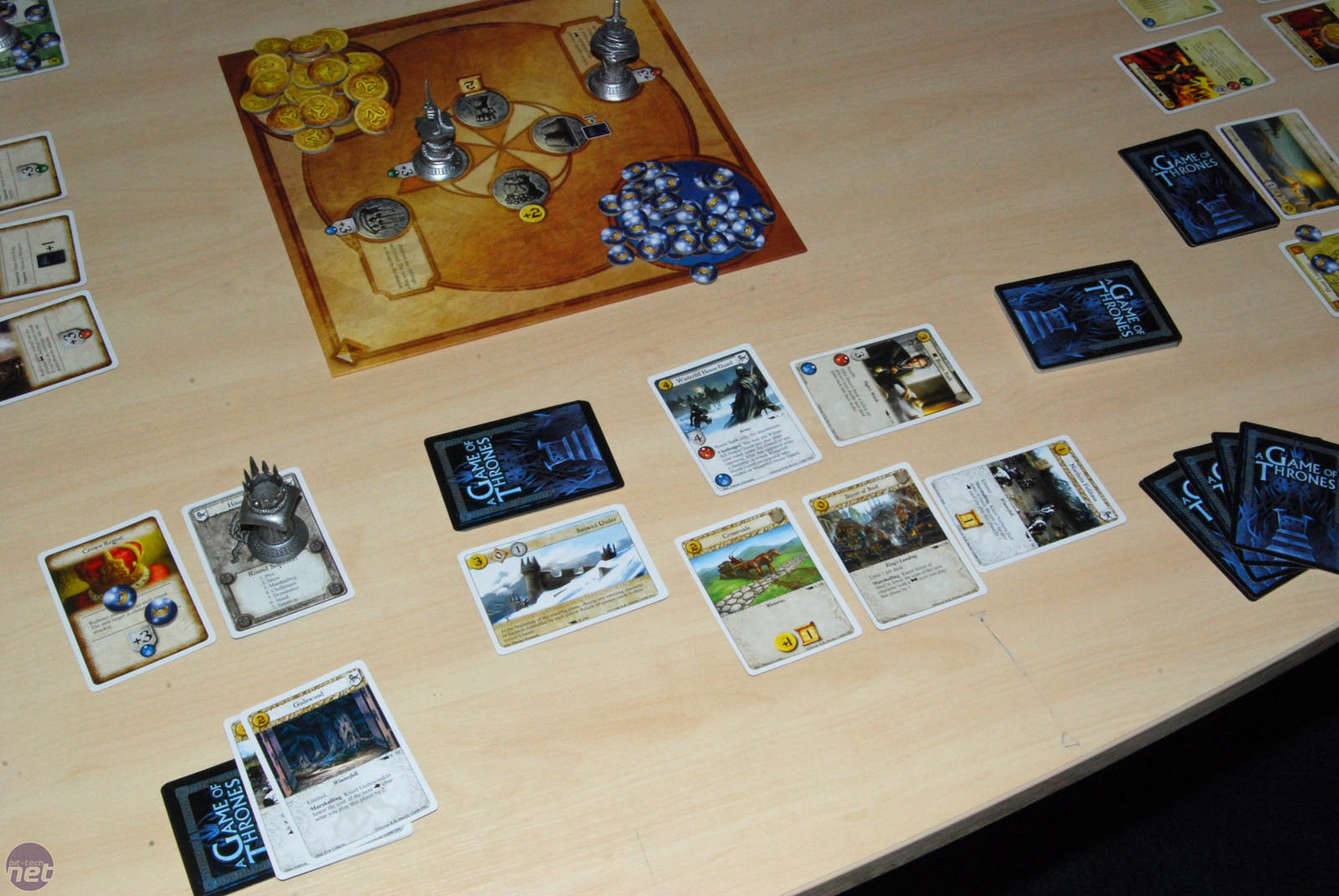When we think about games, sometimes it can be very easy to forget
to appreciate the effort put into their setting. After all, games wouldn’t be
what they are if their setting wasn’t fitting for the genre, think about it,
what if Halo was set in a living room or if Call of Duty was set in the Hundred
Acre Wood where you occasionally see piglet wielding a Kalashnikov. Not a
pretty sight, which is why I’m taking a moment to look around me and think of
some of the best locations for some great games.
5. Alan Wake – Bright Falls
Why is this local so good? It’s because it’s so damn creepy.
Bright Falls
is based on the town surrounding David Lynch’s masterpiece, Twin
Peaks . If you watched the series, the feeling is obvious, it
screams of it. In fact the whole game is lightly spritzed with ‘Eau D’Lynch’, a
perfume that I just made up but I’m sure would smell of bonfires, owls and
cherry pie. Bright
Falls Bright
Falls
4. Metro 2033 – The Subway
Metro 2033’s namesake location is based on the real subway
system of mother Russia ,
which was in fact designed to shelter Russian citizens in the event of a
nuclear catastrophe. Again this location is freaky freaky freaky and makes you
feel like a rat in a maze, like a rat with a gun in a maze, like a rat with a
gun in a maze that has other rats with guns and sometimes even the odd cat out
to get you…yeah, that sounds more accurate. In fact that rat in maze analogy is rather accurate as due to the
heavily irradiated creatures that inhabit Metro 2033’s world, humans have
fallen quite far down the food chain, maybe in this world the only animal that’s
closer to a rat than humans is well…the rat.
3. Bioshock Infinite – Columbia
So I’ve got this idea for a place to set a game. Imagine a
city, except it’s being carried in lots of little bits by balloons…it’s already
been done? Okay I’ll talk about that then. The Bioshock series has given us
some fantastic locations and Columbia
is its latest offering, a city in the sky build to get away from the world
after the abolishment of slavery. It’s a nice juxtaposition, a heavily
religious city that floats, heaven-like, yet isn’t fond of blacks. It offers an
interesting choice, take the heaven along with the racism or deny it and return
to the world we know and live in. Oh and also, to burn an enemy with fire or to
have him ‘Hitchcocked’ to death by a flock of crows? It’s a tough life up there
in ol’ Columbia .
2. Fallout – The Wasteland
I apologise but yet again I’m going to rattle on about the
Fallout universe. I just love it so…with all of its bugs and glitches and
low-res scenery. In Fallout every time you stop moving and look out into the
distance, it’s beautiful. The burned out trees, ruined countryside and
crumbling structures somehow fill you with dread as you think that it could’ve
happened while at the same time has you wishing it did happen so you can start
spending those bottle caps you spent ages collecting as a kid. No? Nobody? Just
me then. Okay. Well the wasteland is one of the reasons I love Fallout and I
loved it even more so when it was rendered in 3D. The Wasteland takes number
two.
1. Bioshock – Rapture
We’ve talked about its younger sister, Columbia , now it’s time for the original.
Rapture is an underwater utopia that soon turned dystopia. Its 1920s art deco
style of architecture coupled with the fact that it is slowly taking on water
very cleverly reminds us of another 1920s creation that was deemed as perfect
yet turned out to be somewhat flawed. Rapture’s downfall being linked to a
desire for perfection and the civil war that resulted from it is interesting and
an incredibly clever concept and a concept that I believe is more than
deserving of the numero uno spot on this list. Well done 2K!
So now we have been able to take a break, brew a cuppa and
look around at the scenery that surrounds us whenever we game. After this list
I believe I may take a moment whenever I play to look at the beauty (or horror)
that surrounds me.
I’ll see you in the distance.











_Joint_Capabilities_Technology_Demonstration_(JCTD)_virtual_reality_system.jpg)






%20-%202(1).jpg)


















